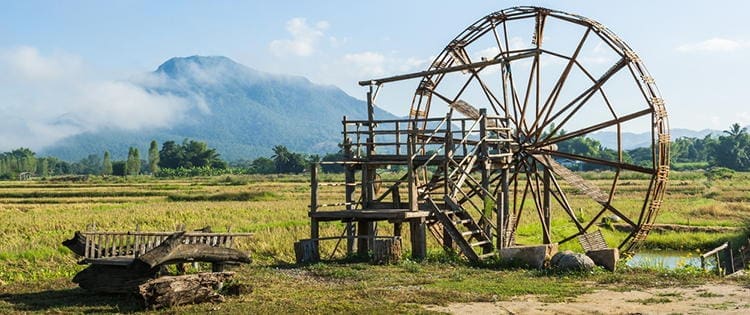Becoming a self-sufficient homesteader is a lot more than just getting a piece of land and shutting out the rest of society.
While it might seem like it would be nothing more than idyllic, agrarian bliss, it is actually a huge amount of hard work. It requires a ton of knowledge and learning before you could really be considered “ready”.
Luckily, for those thinking about shifting their lifestyle towards a more self-sufficient one. There are a number of projects you can complete in your home right now to prepare you for an eventual life as a homesteader.
Growing Your Own Food
The obvious first step in shifting to a more self-sufficient lifestyle is to try and get started with growing your own food at home.
While homesteaders generally try to aim to grow as much of their own produce as possible, with some even going far enough to grow their own animal feed, those just starting out can start with something a lot easier.
Growing your own food can be as simple as keeping herbs in your garden or growing some tomatoes in the summertime.
Any amount of growing your own food will lead towards a more self-sufficient lifestyle. This is because any food you grow yourself, is food you don’t need to buy from somewhere else. Even if it is only a little bit of food, you will pick up all kinds of skills and knowledge just from tending a few plants over the year. This can be easily extrapolated later on to growing all of your food needs yourself!
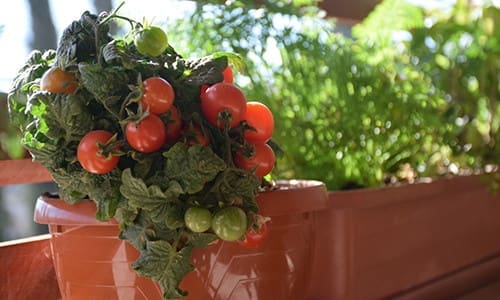
Storing Your Own Food
Growing your own food is really only the first step towards becoming self-sufficient.
To truly be able to survive while being a homesteader, you need to be able to preserve the food you’ve grown.
Getting started at home now is the best way to get ready for this. This can be as simple as learning how to pickle some vegetables, or even can some tomatoes or make jam with fresh strawberries. Every bit of canning and preservation you can learn now will super useful when your first winter as a homesteader hits.
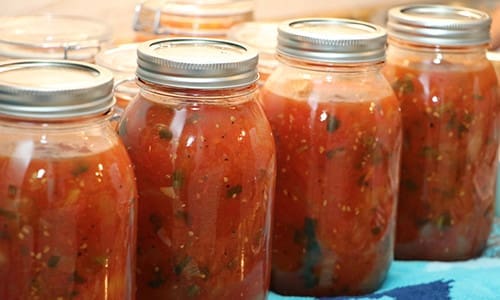
Learning How To Hunt & Gather
This is definitely the more advanced step towards becoming a homesteader, and also not something that everyone will agree with.
However, a big part of being self-sufficient is being able to hunt, gather, and forage for yourself in your local area. Whether this is actively hunting and eating animals, or just learning to forage mushrooms, being able to source food from your surroundings is a key part of being self-sufficient.
Related: 6 Best Guns To Have Around Your Homestead
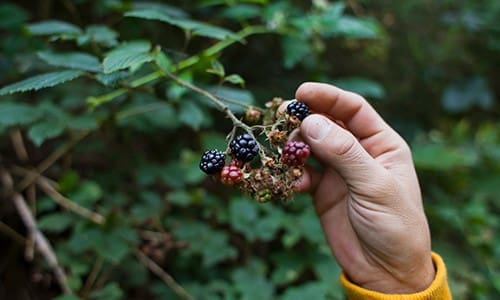
Becoming Energy Independent
Despite everyone’s dreams of an idyllic, isolated homestead life, the fact remains that modern conveniences like electricity are a bit too hard to pass up.
While it is possible to remain connected to the electrical grid in even the most remote of places, it is far better to become energy independent and get some solar panels. You don’t need to wait until you are a full-fledged homesteader, though!
You can get started right away with installing solar panels on your home right now. You will save huge amounts of money in the long term, as well as learn vital skills and knowledge to prepare you for maybe setting it up yourself later!

Developing A Rain Catchment System
A lot of homesteaders remain connected to the water system, even if they are disconnected from electricity, but being able to be water independent is incredibly useful to become self-sufficient.
While there are other ways to get potable water as a homesteader, such as wells and fresh, running rivers, developing a rain catchment system is a lot more passive and effective. However, rain catchment systems can be useful even if you don’t need the water to survive.
Why not try setting up a water butt to gather rainwater from your guttering? You could use it to help water your plants and minimize your impact on your local water system.
Related: Easy DIY 165 Gallon Rain Harvester
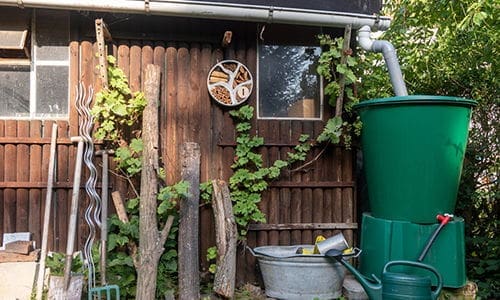
Learning Basic Sewing
When clothes tear, most people are more used to throwing out their old clothes and buying new ones. Learning to sew can be a huge step forward when it comes to being self-sufficient.
Learning just the very basics of sewing, mending, and needlework can go a long way towards preparing you for homestead life.
There will always be something that needs repairing, something that needs mending or a quick touch-up. The careful needlework of learning clothes making and patching will be invaluable once it comes time to start a homestead of your very own.
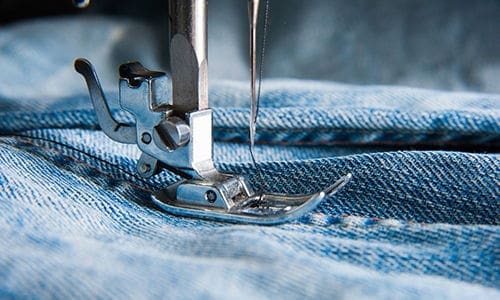
Composting Your Food Waste
Composting is one of those things that all gardeners and want-to-be homesteaders dread learning about because it seems like such a significant undertaking.
Composting food waste isn’t just throwing all of your garbage into a pile in the corner of your garden. It requires careful tending and maintenance: pitch forking it to turn it, adding in brown and green matter in the correct quantities, and frequent watering to produce something truly useful as a compost.
However, you don’t need to do anything so drastic. Even a little pile in a small box near your back door can be enough to get started.
Start out by following the simple mantra of 2-to-1 brown matter to green. This means that for every liter of food compost you add, try to add 2 liters of brown matter, like leaves, grass clippings, or cardboard from your latest order packaging.
Though it will take a long while to turn into good quality compost, it can be enough to give you the confidence you need to start an even bigger one when it comes to starting your own homestead.
You may also like:
 The Ultimate Guide To Composting
The Ultimate Guide To Composting
How To Store Food Without Electricity That Can Last Up To A Year (Video)
Gardening Mistakes That Might Get You Killed
